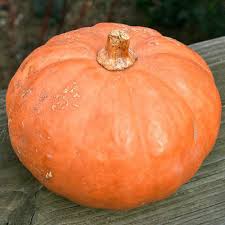
You can grow fresh, nutritious, organic vegetables right in your kitchen any time of year! Nutritious sprouts can be grown from seeds in 3-6 days. Germination releases a variety of nutrients, enzymes and proteins that makes sprouts easier to digest than dry seeds. Sprouting increases the amount and bio-availability of proteins, vitamins and minerals. Sprouts are high in protein, low in fat, high in fiber and loaded with vitamins.
Sprouts are more concentrated in food value than fully grown vegetables, but most people add them to foods rather than eating them alone. You can use fresh sprouts to finish a salad, or put them in a sandwich. Sandwich fillings can be made by grinding sprouts to a paste. Sprouts also make healthy, flavorful additions to stir fry dishes, soups and casseroles. Some more popular uses are as additions to dips or fresh juices. Sprouts can be added to pancake batter or scrambled eggs, too.
To sprout seeds at home, purchase organically grown seeds labeled for sprouting. This will be the cleanest, safest seeds you can use. Start with small amounts of seed. Try a tablespoon or two, or up to ½ cup if you are sprouting larger seeds, such as mung beans or peas. Room temperature (65 to 75 degrees) is perfect for sprouting. The rinse water should be about the same temperature. Place the seeds in a wide mouth quart glass jar and then wash (rinse) them thoroughly with clean water. A special sprouting jar lid will work well to drain the seeds, or cheesecloth fastened with a rubber band can be used. Fill the jar with 2 cups of water and soak the rinsed seeds for 8 hours, or overnight. In the morning, drain the seeds and rinse them again, twice. Place the jar upside down, at an angle inside a clean bowl to finish draining for a few minutes. Place the jar right side up again and place it out of direct sunlight, but not in total darkness (some seeds need light to germinate). Rinse the seeds at least twice a day for the sweetest, freshest taste.
When to harvest varies with the kind of sprout grown. Most are ready in 3 to 4 days, but some take longer (mung beans take about 6 days). Experiment with tasting the sprouts to see what size you prefer. Usually they taste sweetest when tails emerge. After harvest, store sprouts in covered containers in the refrigerator. Fresh sprouts will last about a week in the refrigerator.
You may have heard of problems with commercially grown sprouts that made people sick. As long as you use clean jars and lids and rinse the sprouts at least twice a day there is little chance of a problem. Remember to wash your hands after handling raw meat, and before touching fresh sprouts or any raw, uncooked food, as you prepare a meal.
Some favorite sprouting seeds are: alfalfa, which is a cancer preventative loaded with vitamins A, B, C, D, E, F and K; mung beans, loaded with protein, fiber and vitamins A, B, C, and E, plus trace elements; peas, with vitamins A, B, C and E, and trace elements. Broccoli, cabbage, mustard, arugula and radishes are all excellent and nutritious. Several blends of sprouting seeds are now available. They are packed with vitamins, minerals, proteins and fiber.


